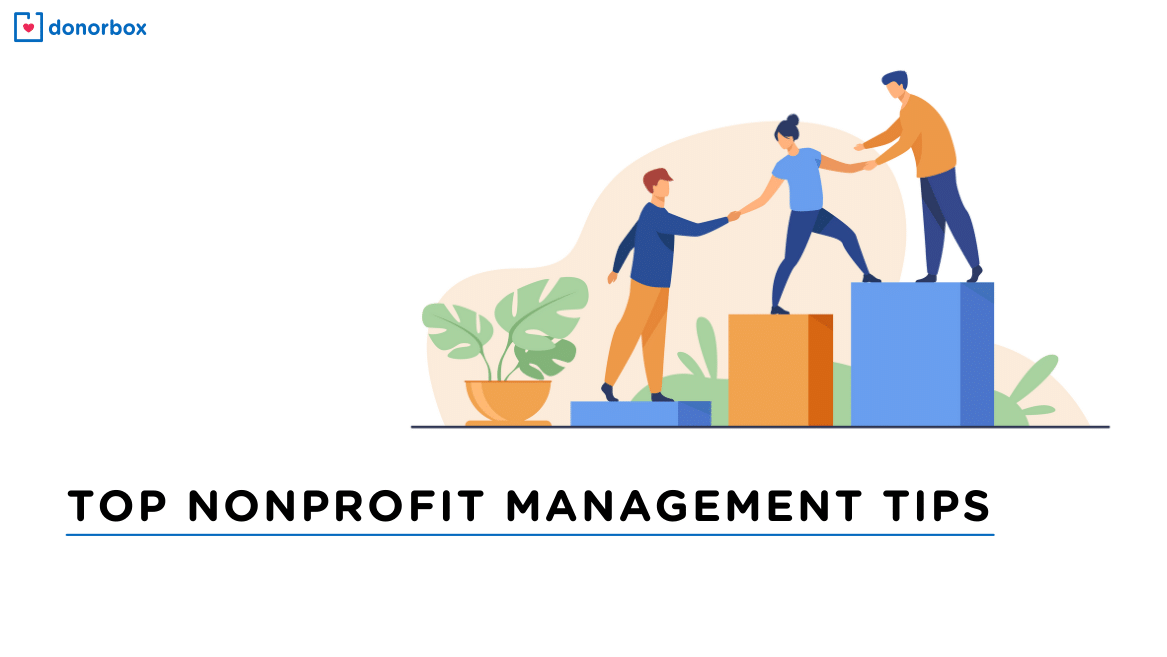Comprehending the Necessary Function and Influence of a Nonprofit Company in Area Advancement and Support Solutions
Not-for-profit firms serve as essential drivers for area development and assistance solutions, resolving the diverse demands of marginalized populations. By mobilizing sources and promoting collaborations with city governments, they not just supporter for equitable accessibility to necessary services however also identify critical spaces in support. nonprofit agency. Their initiatives, varying from food aid to housing assistance, highlight their dedication to social equity. Nevertheless, the landscape of not-for-profit work is stuffed with obstacles and opportunities that can substantially affect their performance. Understanding these dynamics is critical to valuing their full effect on neighborhood resilience and sustainability.
Interpretation of Nonprofit Agencies
Nonprofit firms are frequently specified as companies that operate largely for functions other than creating profit for owners or investors. These entities focus on dealing with social, social, environmental, or area requirements, and they reinvest any excess earnings back right into their mission-driven tasks. Nonprofits might take various forms, consisting of charitable organizations, structures, campaigning for groups, and social ventures, each with distinct structures and functional structures.
The guiding concept of a nonprofit firm is its dedication to offering the public rate of interest. This devotion typically shows up in a broad variety of services, from education and medical care to real estate and ecological preservation. Nonprofits generally count on diverse financing resources, consisting of contributions, gives, and membership charges, to support their efforts.
In order to keep openness and liability, not-for-profit agencies are required to comply with specific laws and reporting requirements. This oversight is essential for building depend on with stakeholders, including donors, volunteers, and the areas they serve. By prioritizing social effect over financial gain, nonprofit companies play a vital duty in cultivating neighborhood growth and resolving pushing societal obstacles, therefore adding dramatically to the overall health of culture.
Key Features in Neighborhood Growth
Neighborhood advancement flourishes on the energetic interaction of different organizations, with not-for-profit agencies playing a pivotal role in promoting sustainable development and improvement. These companies act as important facilitators, connecting voids between area requirements and readily available sources. Among their crucial features is to recognize and analyze local requirements with neighborhood involvement, making certain that advancement initiatives matter and customized to the specific context.

Campaigning for is an additional crucial function of nonprofits, as they stand for the interests of the area in policy discussions, pressing for equitable accessibility to solutions and sources. By elevating awareness on essential concerns, they add to informed decision-making at various levels. Inevitably, the diverse roles of not-for-profit agencies in neighborhood development not just advertise prompt improvements yet additionally lay the groundwork for long-term sustainability and durability within neighborhoods.

Impact on At Risk Populaces
Just how do nonprofit firms particularly deal with the requirements of at risk populations within community advancement initiatives? Not-for-profit firms play a crucial role in recognizing and attending to the distinct obstacles faced by marginalized teams, including low-income households, the senior, and people with handicaps. By customizing their services and programs, these companies can provide crucial assistance that fosters durability and self-sufficiency.
For example, numerous nonprofits use accessibility to food support programs, housing assistance, and medical care services that directly ease the burdens dealt with by at risk populaces. Furthermore, they commonly work as advocates, enhancing the voices of those that may otherwise go unheard in plan conversations. With community outreach and education and learning, nonprofits equip individuals with the expertise and resources needed to browse complicated systems and secure their rights.
In addition, nonprofits engage in capacity-building efforts that improve the abilities and chances of vulnerable individuals, thereby promoting social equity. Their dedication to inclusivity guarantees that area development initiatives are thorough and responsive to the diverse requirements of all citizens. In summary, not-for-profit companies are vital in mitigating the obstacles faced by prone populaces, cultivating neighborhood cohesion, and driving lasting advancement.

Partnership With City Government
While many obstacles in neighborhood development need concerted initiatives, cooperation between regional federal governments and not-for-profit companies is crucial for developing reliable options. This collaboration enables the pooling of resources, proficiency, and networks, which can substantially enhance service distribution and community engagement. Nonprofit companies commonly have firsthand understanding of the demands and aspirations of neighborhood populations, enabling them to inform federal government plans and programs properly.
Moreover, city governments can give crucial assistance in regards to financing, framework, and regulative frameworks from this source that facilitate the work of nonprofits. This harmony not just promotes an extra detailed strategy to resolving neighborhood concerns but also guarantees that campaigns are based in the truths of the populaces they aim to offer.
Joint initiatives, such as area wellness programs, educational workshops, and real estate tasks, show the substantial advantages of this collaboration. By straightening their objectives and methods, not-for-profit agencies and regional federal governments can develop lasting influences that boost the lifestyle for citizens.
Difficulties and Opportunities Ahead
The partnership in between local federal governments and nonprofit agencies, though beneficial, is not without its obstacles. One substantial hurdle is the usually limited financing available for nonprofit organizations, which can prevent their capability to implement detailed neighborhood programs. This economic restraint can cause competitors for sources, producing stress amongst various firms striving to achieve comparable objectives. Additionally, varying priorities between nonprofits and federal government entities can lead to misaligned goals, complicating joint initiatives.
However, these obstacles additionally present one-of-a-kind possibilities. Nonprofits can leverage their grassroots connections to recognize neighborhood needs that may be overlooked by federal government companies, making sure that services are tailored to the regional people. By promoting ingenious collaborations and checking out alternative funding sources, such as social ventures or give chances, nonprofits can enhance their sustainability and effect.
Furthermore, the growing acknowledgment of the value of cumulative influence encourages an extra incorporated strategy to neighborhood advancement. This produces an abundant ground for nonprofits to support for policy modifications that address systemic concerns. By accepting both obstacles and opportunities, nonprofit companies can proceed to play an essential role beforehand community growth and support services, browse this site ultimately benefiting the communities they serve.
Conclusion
In recap, not-for-profit agencies offer as vital drivers for neighborhood development and assistance solutions, properly addressing the requirements of at risk populations. In spite of facing obstacles, the capacity for growth and technology within the not-for-profit industry stays significant.
Nonprofit companies serve as important catalysts for community advancement and assistance solutions, resolving the diverse needs of marginalized populations. Inevitably, the complex roles of nonprofit firms in neighborhood growth not only advertise prompt renovations yet also lay the groundwork for long-lasting sustainability and durability within areas.
While several challenges in neighborhood advancement call for concerted initiatives, collaboration between not-for-profit agencies and neighborhood federal governments is essential for developing reliable solutions. By welcoming both chances and obstacles, nonprofit firms can proceed to play an essential visit the website duty in progressing neighborhood development and support solutions, eventually benefiting the areas they serve.
In summary, nonprofit firms serve as crucial catalysts for neighborhood development and support services, effectively resolving the requirements of at risk populations. - nonprofit agency